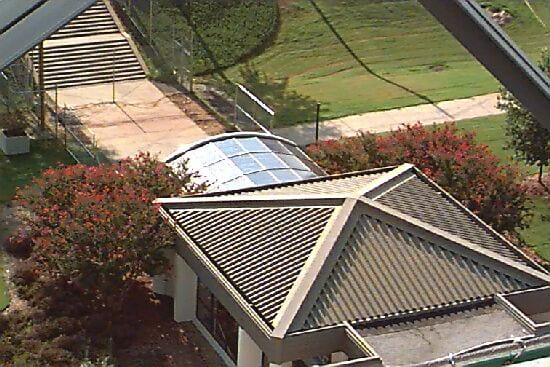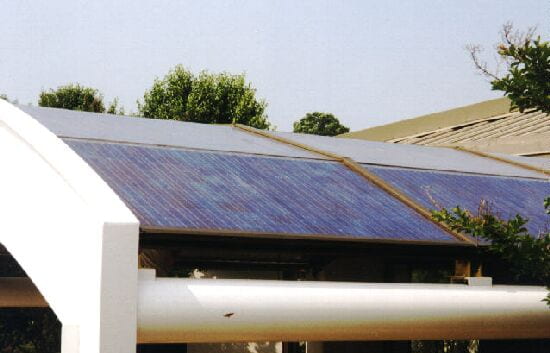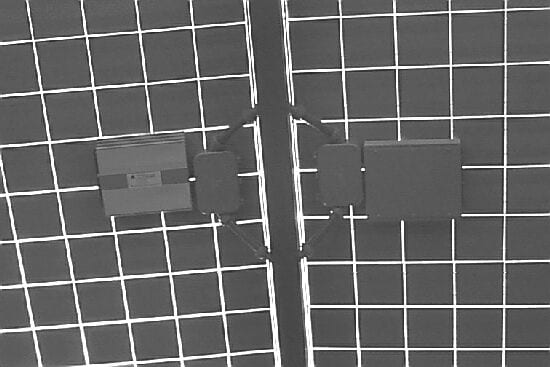|
[ Home ] [ Up ] [ UCEP Feedback Page ] [ Table of Contents ] [ SEARCH ]
|
|
|
The Description of the SAC Canopy AC ArrayNot many people know that we actually have two PV arrays here on campus. The second
This next photo shows the canopy from ground level. This system was designed by Solar Design Associates of Harvard, MA. It
On the back of each module is a power conditioning system (PCS) made by Advanced Energy
The above photo also shows that the modules in our AC array have a clear backskin; the The electricity from our AC array currently is being fed directly into the main service
|





